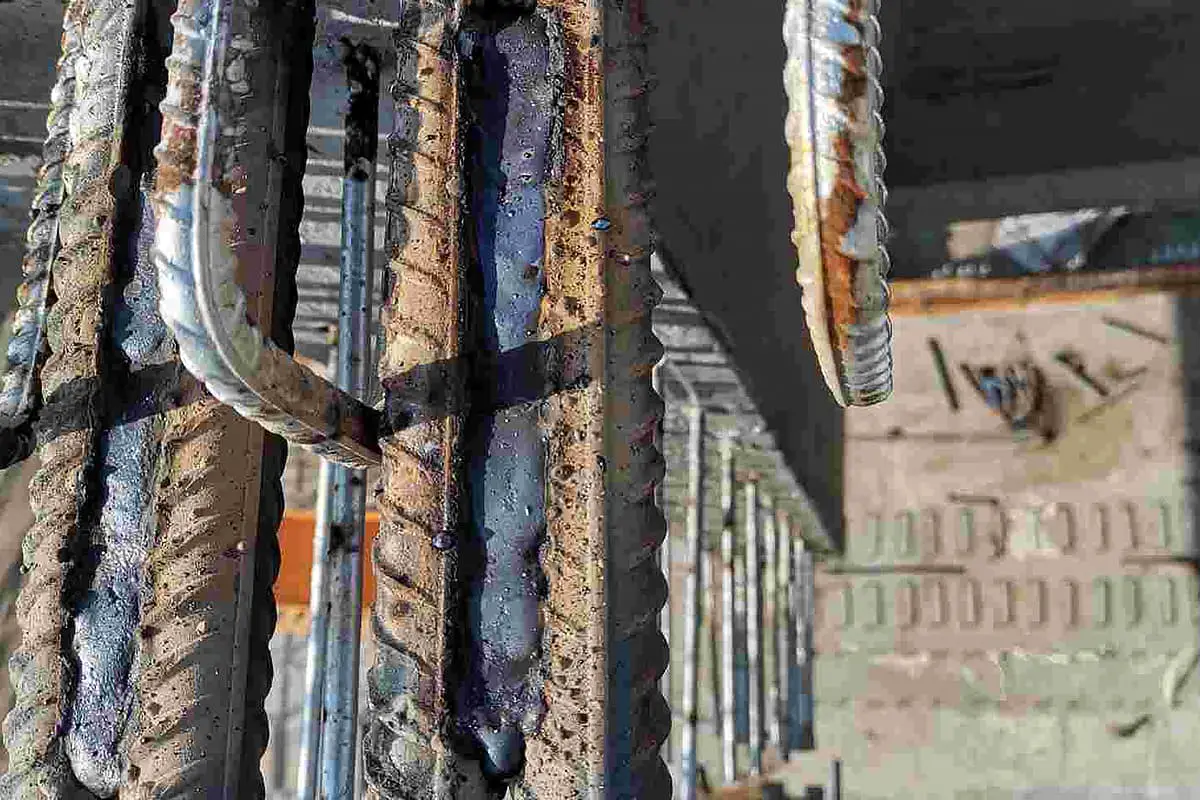Preventing Weld Undercut Made Easy: Secret Techniques Revealed
Preventing Weld Undercut Made Easy: Secret Techniques Revealed
Blog Article
Understanding the Causes and Solutions for Undercut Welding in Steel Manufacture Procedures
In the realm of metal manufacture procedures, the incident of undercut welding poses a substantial difficulty that requires an extensive understanding of its causes and feasible options. The detailed interplay of various factors during welding procedures can bring about this unwanted sensation, affecting the structural integrity and total top quality of the bonded joints - Preventing weld undercut. By exploring the root causes of undercut welding and discovering reliable restorative steps, producers can elevate the standard of their handiwork and make certain the production of flawless steel elements
Common Causes of Undercut Welding
Often ignored in steel manufacture, undercut welding occurs due to various factors that demand precise interest and experience to be effectively minimized. Furthermore, inappropriate welding strategies, such as making use of the incorrect welding angle or take a trip rate, can additionally add to damage development. The option of welding specifications, such as voltage, existing, and cord feed rate, plays a substantial duty in the event of undercut welding.
Influence of Incorrect Welding Parameters
Imprecise welding criteria can significantly compromise the honesty and quality of welded joints in steel manufacture procedures. The effect of incorrect welding parameters manifests in numerous means, causing structural weaknesses and defects in the bonded parts. One important element impacted by improper welding criteria is the infiltration depth of the weld. Insufficient warmth input as a result of low welding currents or excessively high traveling speeds can result in poor combination between the base steels, causing incomplete joint penetration and weakened bonds. Alternatively, extreme heat input created by high welding currents or sluggish travel rates can result in extreme and burn-through reinforcement, creating a breakable and unstable weld framework. Furthermore, wrong specifications such as improper voltage setups or incorrect electrode angles can add to erratic weld grain profiles, absence of fusion, and raised possibilities of issues like undercutting. Careful focus to welding parameters is vital to ensure the production of high-quality welds with the preferred mechanical buildings and architectural integrity.
Impact of Improper Torch Angle
Inappropriate torch angle in welding procedures can dramatically impact the top quality and honesty of the last weld joints in metal construction procedures. Damaging is a typical welding defect where a groove creates along the weld toe, weakening the joint and jeopardizing its architectural integrity.
A lantern angle that is also steep can result in insufficient infiltration, insufficient blend, and raised spatter. On the various other hand, a torch angle that is too superficial can lead to excessive infiltration, burn-through, and distortion of the base product. Preventing weld undercut. Proper lantern angle is crucial for making sure constant weld quality, toughness, and look
To avoid damaging and various other defects brought on by incorrect torch angles, welders have to be trained to keep the right torch angle throughout the welding procedure. Routine surveillance and modification of lantern angles during welding can aid accomplish audio welds with very little defects.
Function of Inadequate Welding Techniques

One more have a peek at these guys element of insufficient welding methods is incorrect weld preparation. Inadequate cleaning of the base steels, wrong joint style, or inadequate edge preparation can all add to damage welding. In addition, insufficient protecting gas protection or using the wrong kind of gas can lead to incomplete fusion and the development of undercut issues.
To address the duty of insufficient welding techniques in steel construction processes, it is important to give detailed training for welders. Proper education and learning on welding parameters, joint prep work, and protecting gas selection can aid stop undercut welding and ensure high-grade welds in steel manufacture jobs.
Effective Solutions for Undercut Welding
Resolving undercut welding in metal manufacture needs executing effective options to enhance weld high quality and discover this info here structural stability. Among the main solutions to deal with undercut is to readjust welding specifications such as voltage, existing, and travel rate to ensure correct heat input and combination. By fine-tuning these setups, welders can prevent extreme melting of the base steel and filler material, minimizing the likelihood of undercut formation.
In addition, proper joint preparation is critical in avoiding undercut. Making certain clean base metal surface areas without pollutants and making use of the appropriate bevel angle can help advertise far better weld infiltration and decrease the danger of undercut - Preventing weld undercut. Utilizing suitable welding strategies, such as oscillating the lantern or weaving, can also help in dispersing warmth equally and filling the weld joint effectively, minimizing the possibility of undercut problems
Moreover, picking the proper welding consumables, including electrodes and filler metals, is vital in alleviating undercut. Making use of products with ideal chemical compositions and mechanical homes can add to accomplishing audio welds with very little undercut. Routine assessment and top quality control measures should my explanation also be implemented to spot and deal with undercut issues quickly, guaranteeing the overall integrity of fabricated steel parts.

Final Thought
To conclude, comprehending the causes and services for undercut welding in metal manufacture procedures is vital for accomplishing premium welds. By dealing with common reasons such as wrong welding specifications, improper lantern angle, and poor welding methods, welders can avoid undercutting and make certain solid, resilient welds. It is important to take notice of these aspects and execute effective remedies to enhance the overall welding procedure and end product high quality.

Report this page